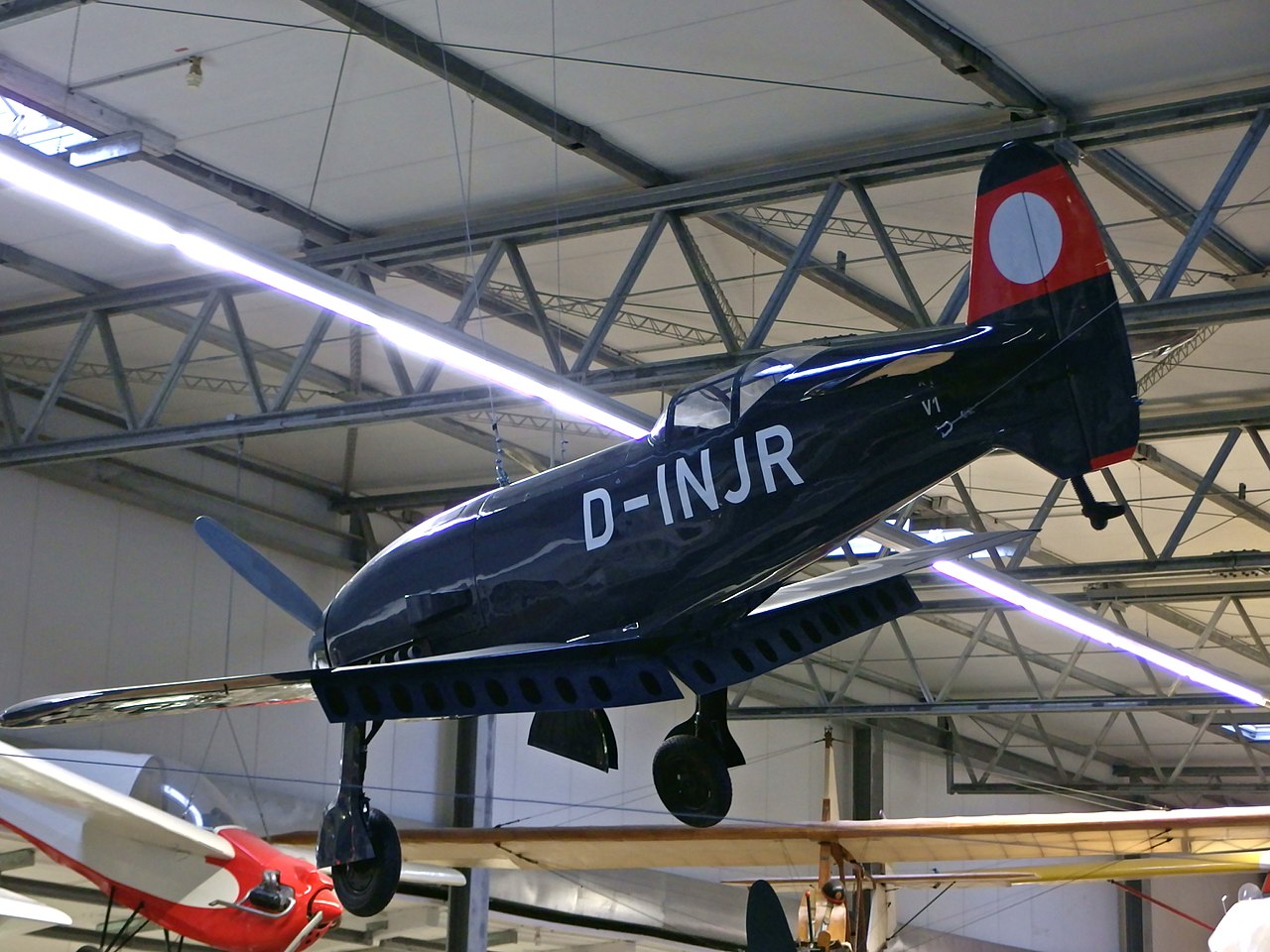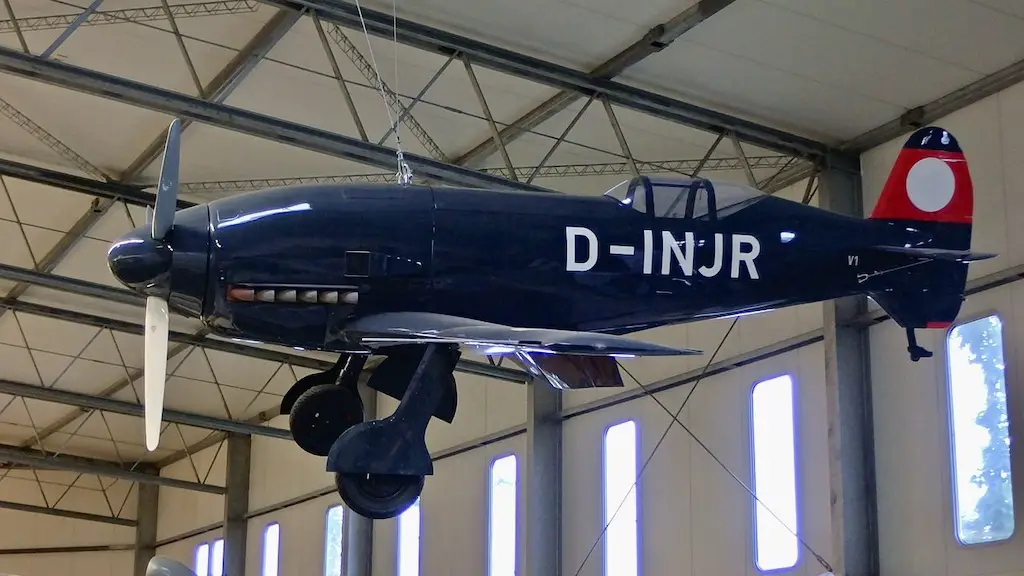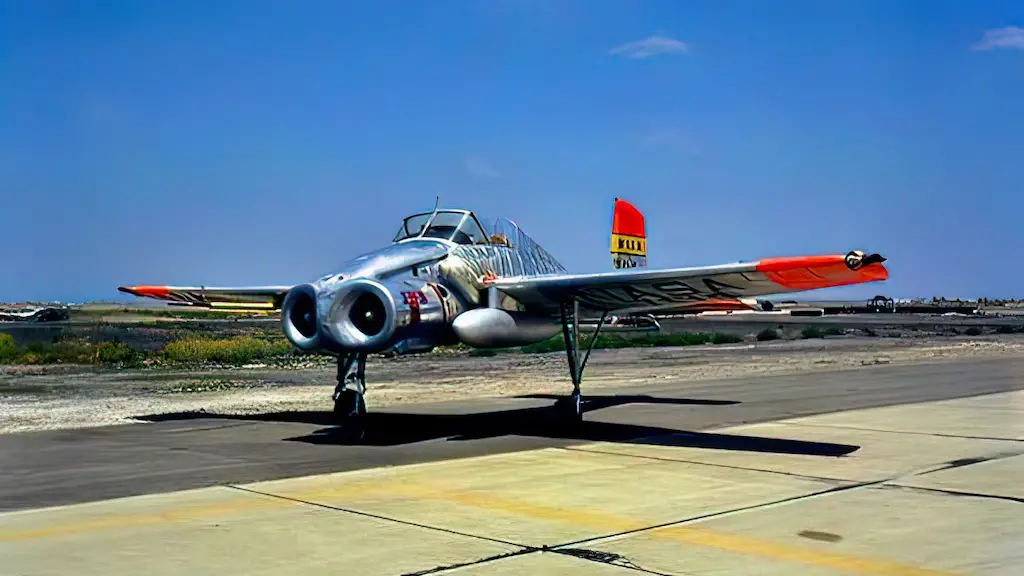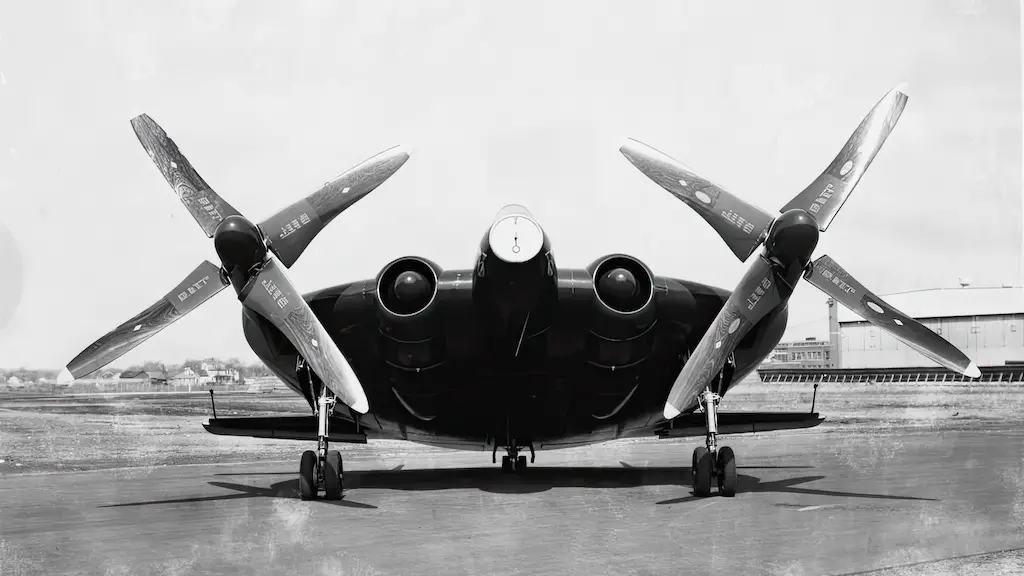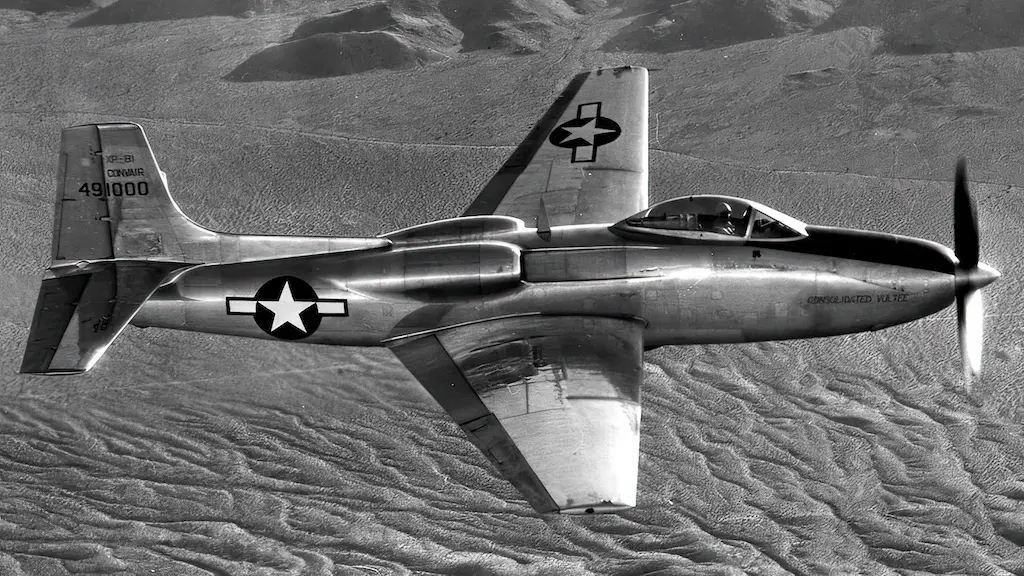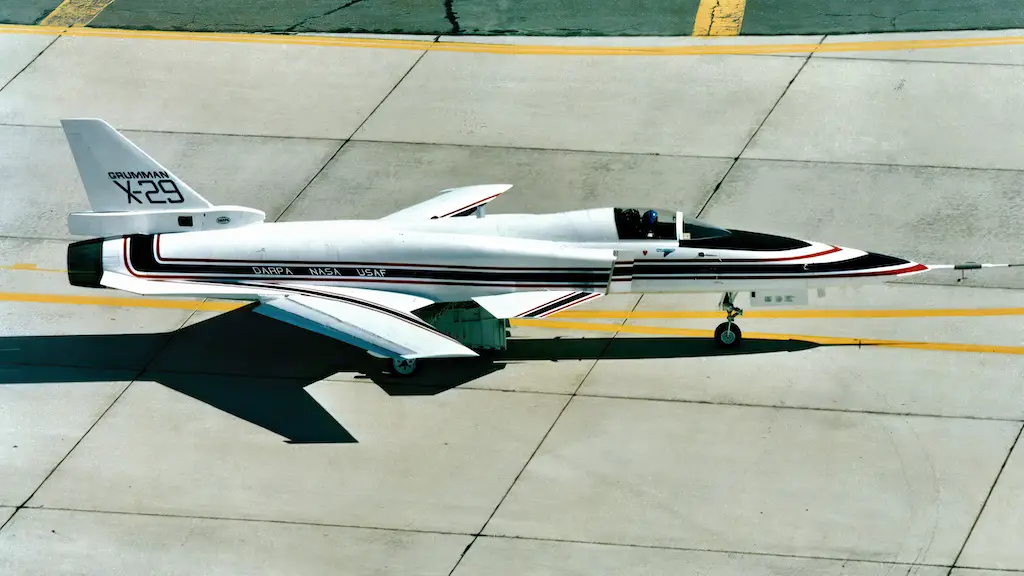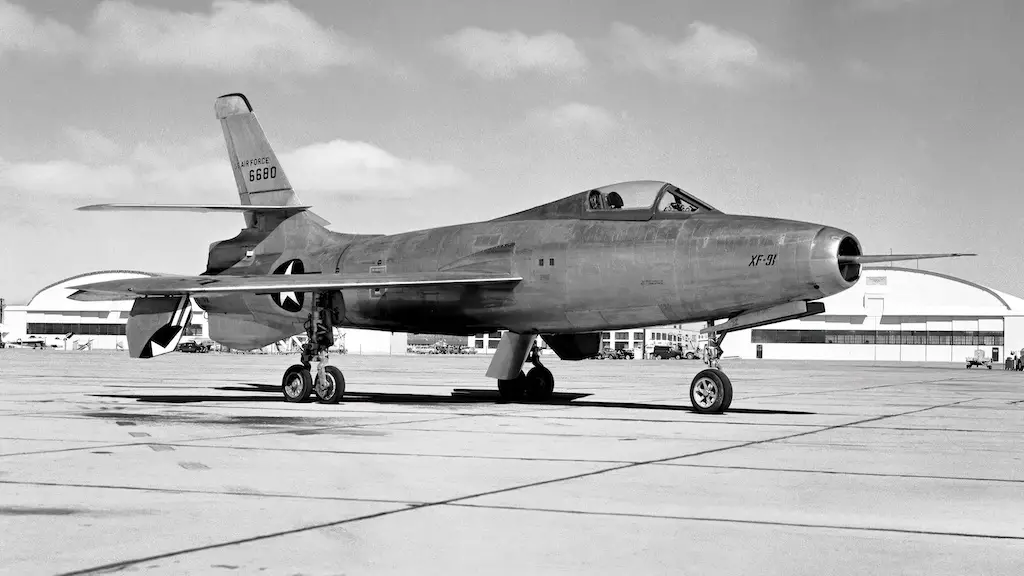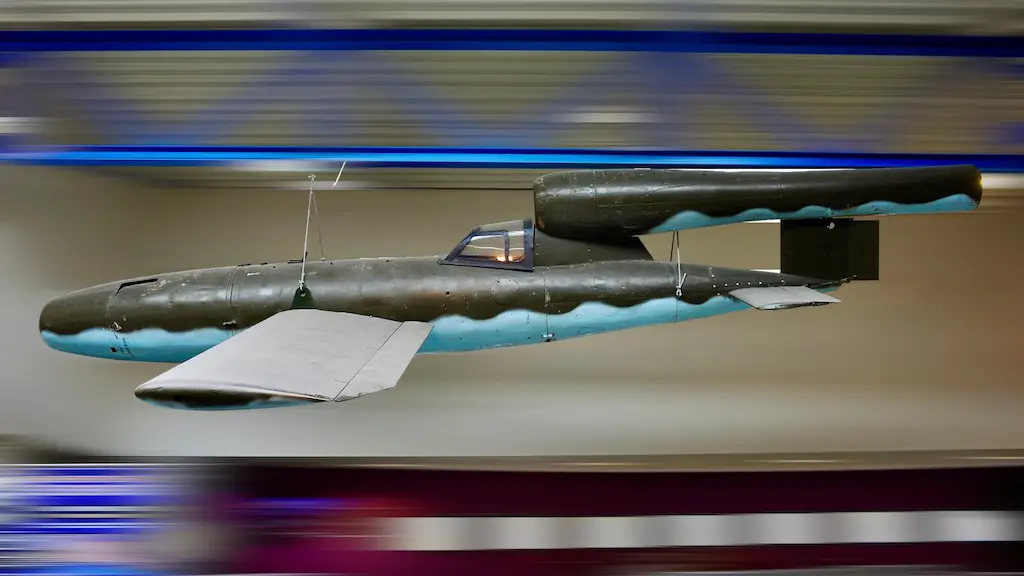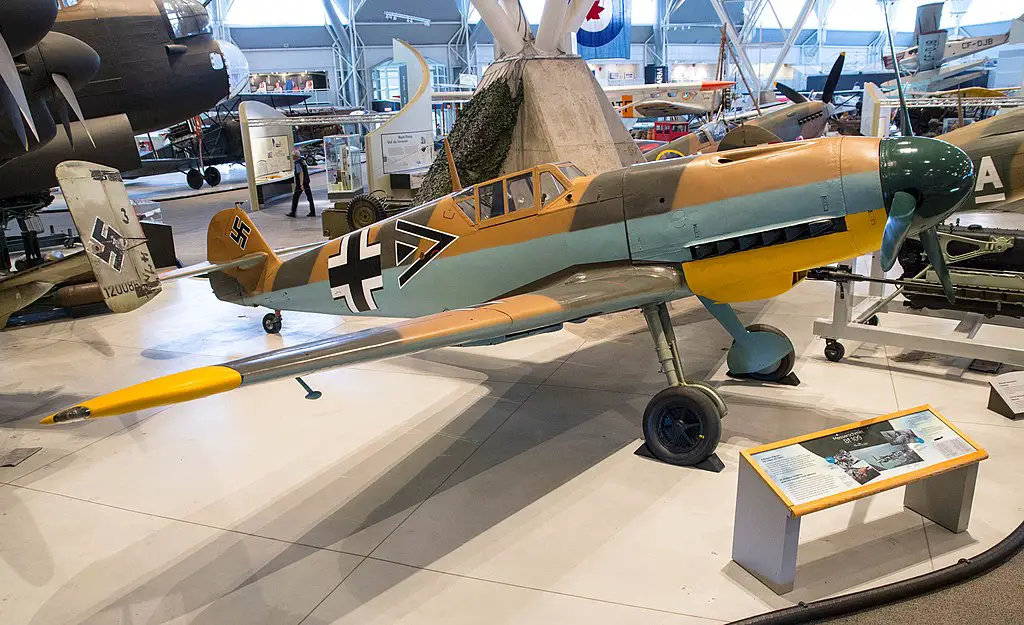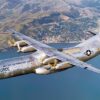In 1937, Willy Messerschmitt and his team started working on a new airplane, the Me 209, and in August 1938 the aircraft made its first flight. It was a completely separate plane from Messerschmitt’s Bf 109 model, which had by then showed its value in combat in the Spanish Civil War. The Me 209 was, on the contrary, designed specifically for breaking speed records at a racing circuit. And that’s exactly what it did during its short career: it became the fastest piston-engine aircraft of the first half of the 20th century.
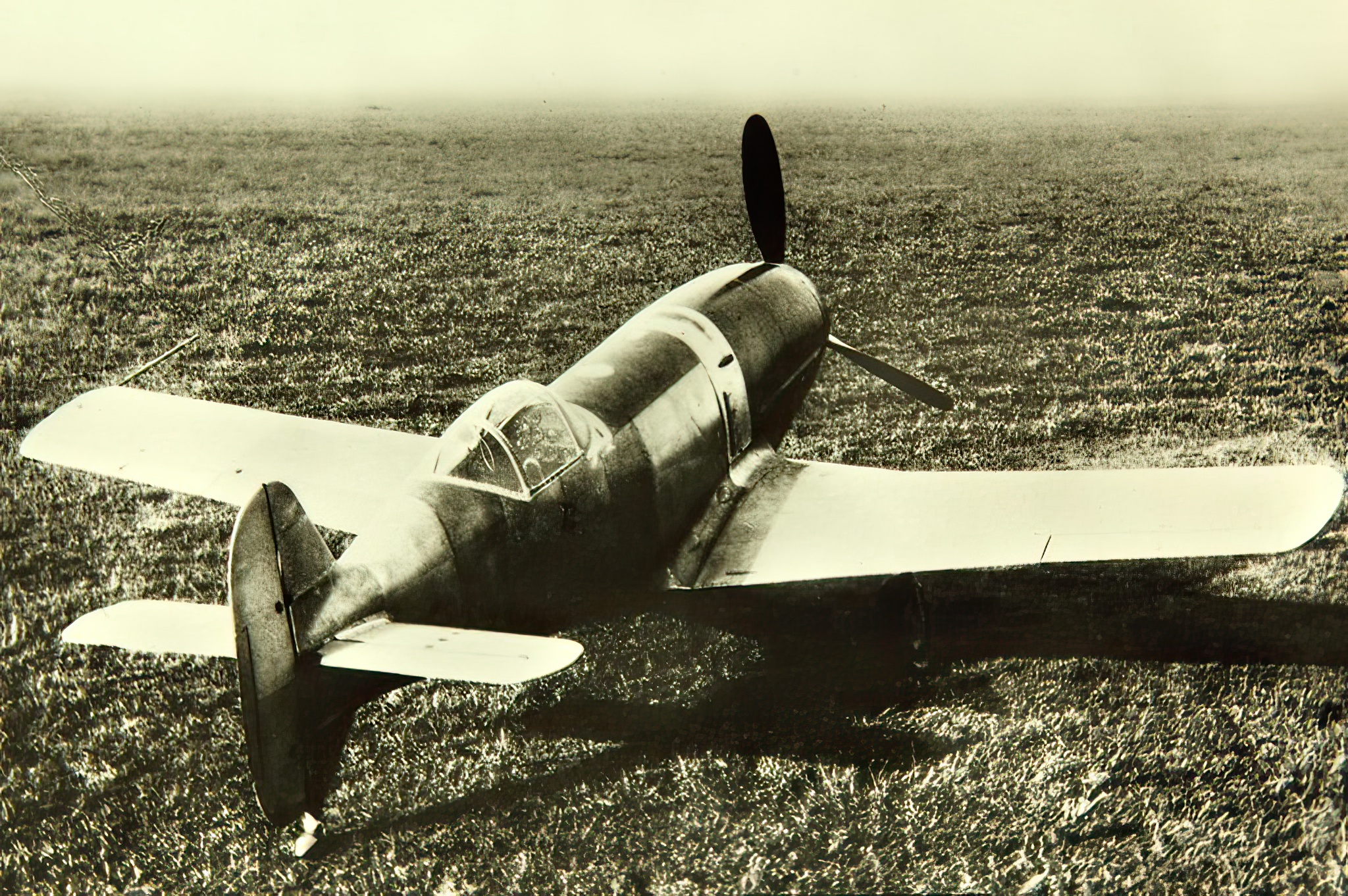
Me 209 Vs Bf 109
Although the Me 209 was not a derivative of the Bf 109, it still makes sense to compare these two airplanes as they were created by the same designer within just a few years from each other and did, in fact, share some features.
Both models were low-wing, all-metal, single-seat aircraft, but those traits were already quite common at the time. So, the only really important similarity between the two aircraft was that the Me 209 was powered by a variant of the same Daimler-Benz DB 601 engine as the Bf 109 of E and F series. The Me 209’s DB 601ARJ was capable of producing up to 2,300 hp of power with methyl alcohol injection.
The requirements posed by the Me 209’s intended purpose as a racer aircraft affected its design in quite a few ways. For example, the interior of the aircraft’s wings was mostly occupied by an extensive liquid cooling system which reused hot water steam from the engine. This very fact was a serious obstacle for turning the Me 209 into a combat aircraft, as it would hinder installation of weapons in its wings.
In a similar fashion to many racer aircraft of the time, the Me 209’s cockpit was placed far back along the fuselage, much farther than that of the Bf 109.
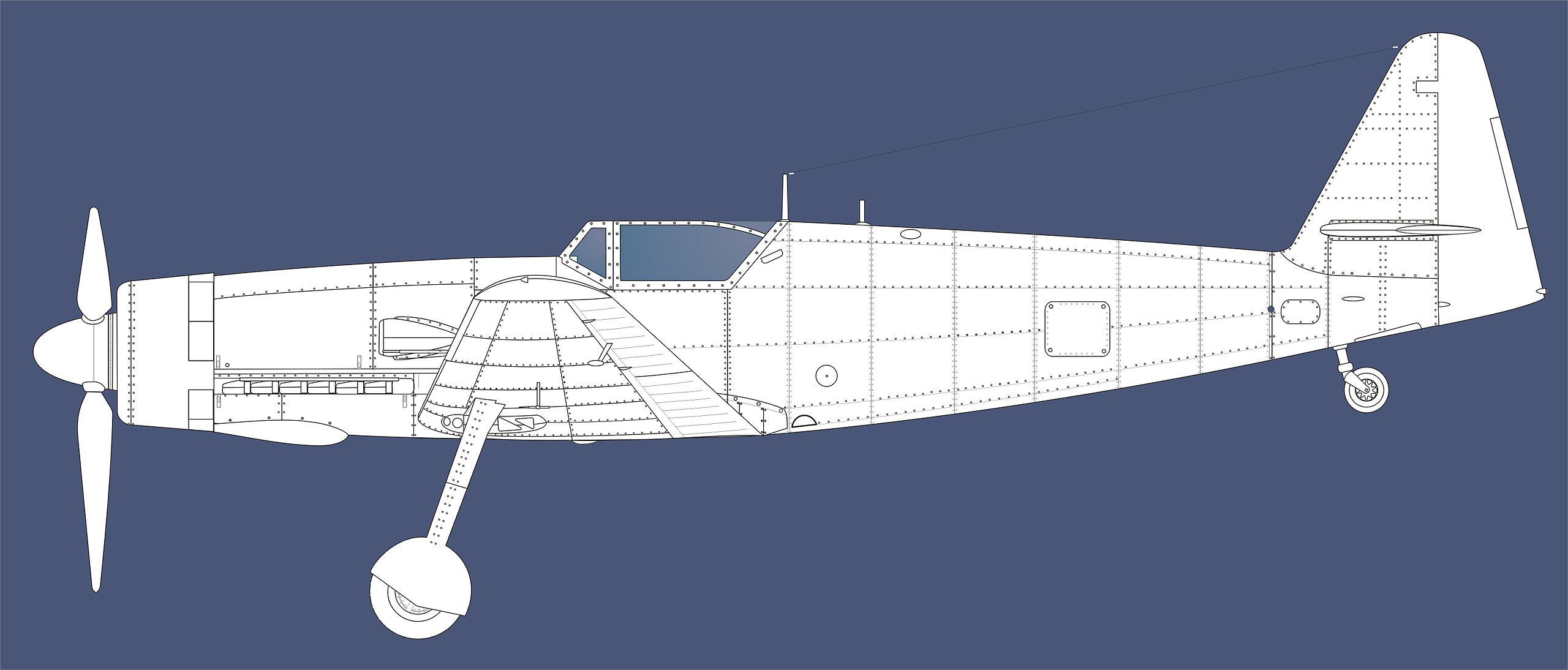
A long-standing record
On April 26, 1939, German test pilot Fritz Wendel flying Me 209 V1 over a three-kilometer course at Augsburg, Germany, established a new world record, achieving a speed of 755 km/h or 469 mph. The early jet prototypes attained greater speeds quite soon, but no other piston-engine aircraft broke this record for the following three decades! It was only on August 16, 1969, that a modified Grumman F8F Bearcat with American pilot Darryl Greenamyer at the controls exceeded that speed.
A fast but capricious bird
The Me 209 was by no means an easy aircraft to fly. Right from its first flight pilots reported handling difficulties, heavy controls, and the plane’s tendency to abruptly dive towards the ground midflight. Cockpit visibility also left much to be desired and, despite the intricate cooling system, engine overheating was not uncommon. Besides, the aircraft’s unusual cooling system required carrying large amounts of water in an onboard tank and limited the Me 209’s endurance to about 35 minutes. The second of the four airframes built, the Me 209 V2, was lost in a non-fatal accident resulting from an engine failure.
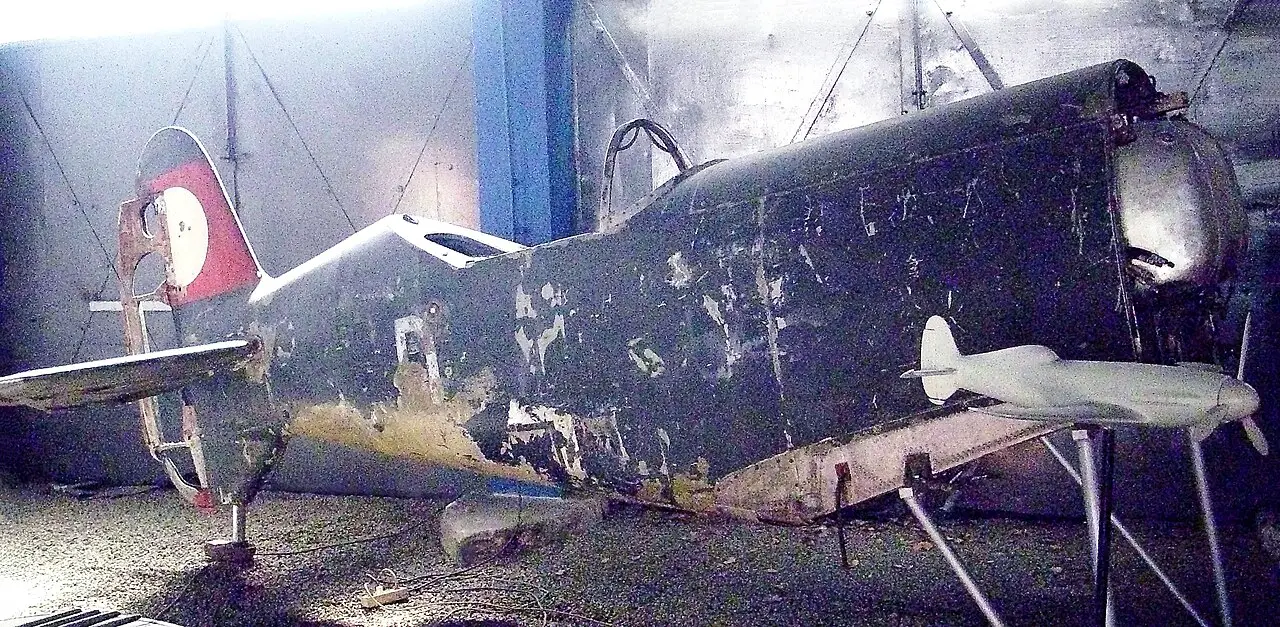
Damaged by the Allied aircraft without ever going to war
All that meant that the Me 209 would be of little use as an operational fighter and it was never developed into one. There were some attempts at making a combat aircraft from the last prototype, the Me 209 V4, which used a conventional radiator. But that modified plane showed worse performance than the already operational Bf 109, and the project was abandoned.
The Me 209 was, however, exploited for propaganda purposes, when following its record-breaking performance on the racing course German state media claimed it to be a “Me 109R.” That was supposed to make an impression of the aircraft being the latest version of the Bf 109. And having an operational fighter capable of such speeds would make the Luftwaffe look an even more dangerous adversary than it was.
A year after the Me 209 V1 made its record-breaking flight, it was moved to the Berlin Air Museum. It remained there until 1943, when due to the increasing intensity of the Allied air raids it was moved to Poland for safety after seeing damage in one of the attacks. It never came back to Germany and the Me 209 V1’s fuselage is kept at the Polish Aviation Museum in Krakow to this very day. None of the remaining three airframes has survived.
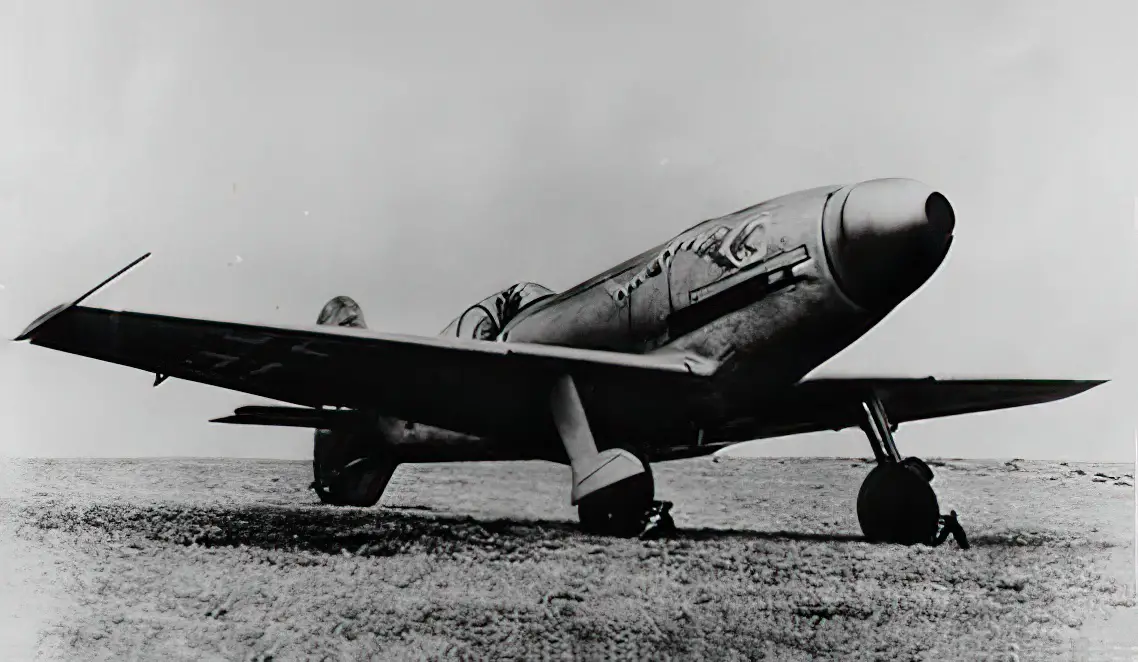
The younger namesake
In 1943, the same “Me 209” designation was used for a completely different project. Unlike the one from 1938, this aircraft was meant not for racing but for war. It was intended to be the new main German single-engine fighter, a successor to the Bf 109, but ultimately lost the competition to Focke-Wulf’s Fw 190D model. Only a handful of prototypes were built.
